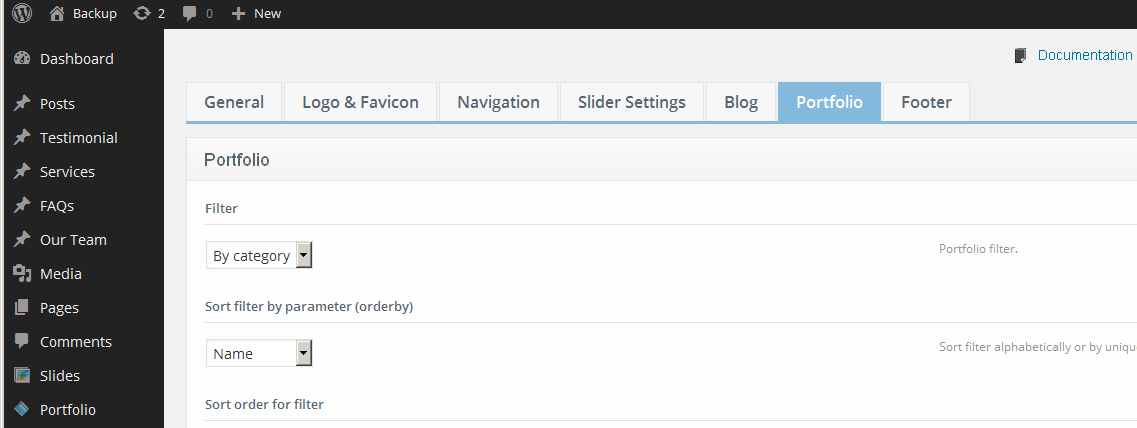
Understanding your audience is key to creating targeted content. Understanding your audience's journey and needs is important, but knowing your audience is more important. Developing buyer personas will help you understand how your target market thinks and what they want. If you know your target audience's needs, you can write content that appeals. You can target your audience more precisely if your audience is more specific. For example, millennial moms will be most interested in content that addresses hardwood floors.
You can target content to reach specific B2B business owners. To create targeted content, you can use specific job roles or departments. This will ensure that your message gets to the people you desire. Your audience will feel valued and appreciated if you create relevant content. Your content can increase your sales as well as client retention. You will communicate your understanding of the needs and desires of your customer by creating content that targets them. This will show that you are able to fulfill their needs. It is not easy, but with the right planning it will pay off in long-term.

Once you have established your audience, your content marketing efforts can be targeted to that segment. Let's assume Joe Smith is a husband and father who have lived in the same house for 25+ years. He and his wife are planning to move to the home of their parents in six months. Betty will require special assistance and that they purchase special aids. You can now create content that appeals directly to this group of people by using this information.
The most successful content speaks to a specific person and their needs. Targeted content is created when you can identify the buyer's stage and need. In addition, your content will raise awareness of your company and help your audience discover your products. There are many benefits to creating targeted content. These tips will help you achieve your marketing goals. Don't put off your marketing goals!
Creating a persona for your target audience is one of the best ways to create targeted content. It is easier to target your market and tailor your content accordingly. If you are able to understand your target market you will have greater success in creating targeted content. If you know your target market better, you'll have a better chance of generating new leads. This will help you reach the right audience to get their attention.

Understanding your audience is key to creating content that is engaging and useful. By identifying your audience, you'll be able to create content that's relevant to their needs and desires. Your audience will be more likely to engage with your content if it is targeted. You'll also see better results. A good understanding of your audience will help you create better content.
FAQ
What is content marketing?
This strategy involves creating relevant and valuable content for your blog or website. It can include videos, images, text and infographics. This helps you to attract new customers as well as keep your existing customers engaged.
Is content marketing easy to measure?
Yes! Yes! It will help you decide if your efforts were a success and if you have to make any adjustments.
You can track visitors coming from many sources (email, social media and paid advertising) and track conversions like sales leads, purchases, and organic searches.
These metrics tell you which parts of your content are performing well and where you have the greatest potential.
Can I simply post links to other sites content?
Yes! This is called link building. It's a great way increase traffic to your site by linking to other sites. But only link to reliable sources.
What are the seven steps of content marketing
The seven-step process to content marketing is:
-
Identify the problem
-
Learn more about what's happening now
-
Make new ideas
-
Develop them into strategies
-
Try them
-
You can measure the results
-
Keep going until you find the right solution.
This method has been proven to work for small and large companies.
How many hours per workweek should I be spending on content marketing?
It all depends on what your situation is. You might not have to spend much time on content marketing. But if you're trying to build traffic to your site, you'll probably need to devote at least 1 hour per day.
Statistics
- An example of an overarching goal could be: "In 2022, we want to achieve a 20% increase in revenue created by organic content and generate 15,000 MQLs with a budget of $30,000." (semrush.com)
- In fact, would pay more for a better customer experience, and 86% of B2B buyers would pay more. (neilpatel.com)
- According to our research, 65% of companies with very successful content marketing in 2021 ran content audits at least twice a year. (semrush.com)
- Measure your goals with a progress indicator of 0-100%. Make your goals collaborative and transparent (semrush.com)
- Seventy-two percent business to business (B2B) (mailchimp.com)
- Content marketing produces 3X more leads per dollar spent. Content marketing costs 62% less than traditional marketing. (criteo.com)
- Forty-seven percent of buyers view 3 to 5 pieces of content before engaging with a sales representative. (mailchimp.com)
- Progress indicators (0–100%) allow each team member to see how attainable each goal is and understand what remains to be accomplished. (semrush.com)
External Links
How To
How to create stunning images
Images are a great way to make your content standout from others. Images are one of the most effective ways of communicating ideas visually. They are great at grabbing attention and increasing engagement. They're great at communicating complex concepts quickly and effectively. ).
When used well, images can add life to a piece of writing or presentation, making it come alive and engaging. However, if you don’t know what to do with the image you choose, your results could be less impressive. Here are some tips to help you choose the best images for your next job.
-
It is important to understand what makes a photo good. There are a few things to consider before you begin looking at photos. You want images that are concise and clear. It won't work if the photo is too cluttered. A simple, clean image will grab more attention. You also want to avoid images where people aren't smiling or aren't looking directly into the camera. This gives the impression that you aren't really interested in what you have to say. Lastly, you want to ensure that the image doesn't distract from the main point you're trying to get across. If it distracts from the main point, it may not be ideal.
-
You can find inspiration. Once you have a list of possible candidates, it is time to look through them and select those that interest you. The first thing you should do is take a look at their captions. You will see that some photographers include them in the image, while others separate them. In either case, it is important to check that the caption is easy to read. Pay close attention also to the context of your photo. Is it somewhere where you might expect to find people having fun? Or maybe it's a place that looks like it could be dangerous. Perhaps it's a place you don't associate with happiness. No matter what the reason, consider why you like this image and how it connects to the message you are trying to convey.
-
Check out different types and sizes of images. You can highlight specific aspects of your text by using images. This is one of the greatest benefits of images. You might want to include a picture of the product in action if you are writing about it. A similar image could be used to illustrate the information in an infographic. Visual aids such as these can help readers connect with your information.
-
Use the right format. One of the most important factors to remember when choosing images is the file type you need to use. Two file formats are available when you work on web pages. Both are great file formats, but each has its pros and cons. JPEG files are suitable for any sort of media, including websites and social media posts. These files work well for photos because they store large amounts in a limited space. However, they tend to lose quality over time, meaning they become pixelated after a few years. GIFs are smaller and more suitable for animation and graphics than JPEGs. They do not support transparency so they are unsuitable as photos.
-
You can also include other visuals. If you're struggling to come up with ideas for images, then it'd be wise to include some additional visuals within your content. As it is a distraction-free environment, it can improve the effectiveness and usability of your post. This means they're less likely to click out of the page while reading your article. Create infographics, which are great for adding visuals to your site. Infographics have become very popular as they are quick and easy ways to share many useful information. These infographics are great for adding to blog posts.